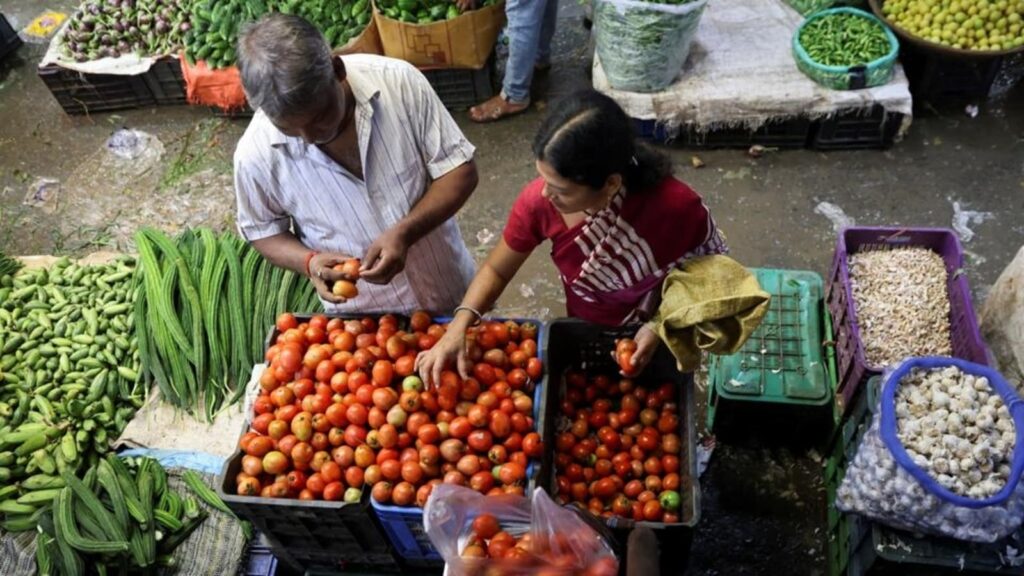India’s benchmark inflation measure, the Consumer Price Index (CPI), grew at 6.8% in August, lower than the 7.4% print in July but higher than the 6% upper limit of RBI’s tolerance band. Wholesale prices, as measured by the Wholesale Price Index (WPI), contracted by 0.5% in August, making it the fifth consecutive month of contraction. Lest there is confusion, it is important to reiterate that the widely divergent trends in CPI and WPI are not a reflection of prices in wholesale and retail markets. The two indices have very different compositions. WPI has a smaller weight for food, includes a lot of industrial inputs and does not have services. If one were to compare similar sub-components between these two indices, the trends are the same. Inflation continues to remain a problem for critical food items such as cereals and pulses, and it is benign for non-food, non-fuel items.
What does this mean for the Indian economy in the next few months?
With the base effect dissipating, WPI should get out of the contraction zone from next month. A month-on-month comparison shows that prices are actually increasing on a sequential basis. This is not a bad development because it will give some boost to the nominal GDP growth numbers, which serve as the base for tax revenues. A benign core inflation environment both in the retail and wholesale inflation numbers shows that the economy is well placed to enjoy the positive effects of a revival in the private capex cycle. While there are some signs of this happening, it is still not a given and at best work in progress.
The only problem, as far as the inflation numbers are concerned, is on the food grain (cereals, pulses) front given the prospects of a bad summer and winter harvest due to a weak monsoon at a time when inflation is already very high for these items. Pragmatically speaking, this is a terms-of-trade challenge for the fiscal arm of the government, which will have to do everything it can to control prices without increasing farmer anger in an election year. But India’s inflation targeting framework will force RBI to respond to it. A hawkish monetary intervention could end up being counterproductive given the nascent stage of private capex revival.
Embrace independence with quality journalism
Save on HT + The Economist subscription


